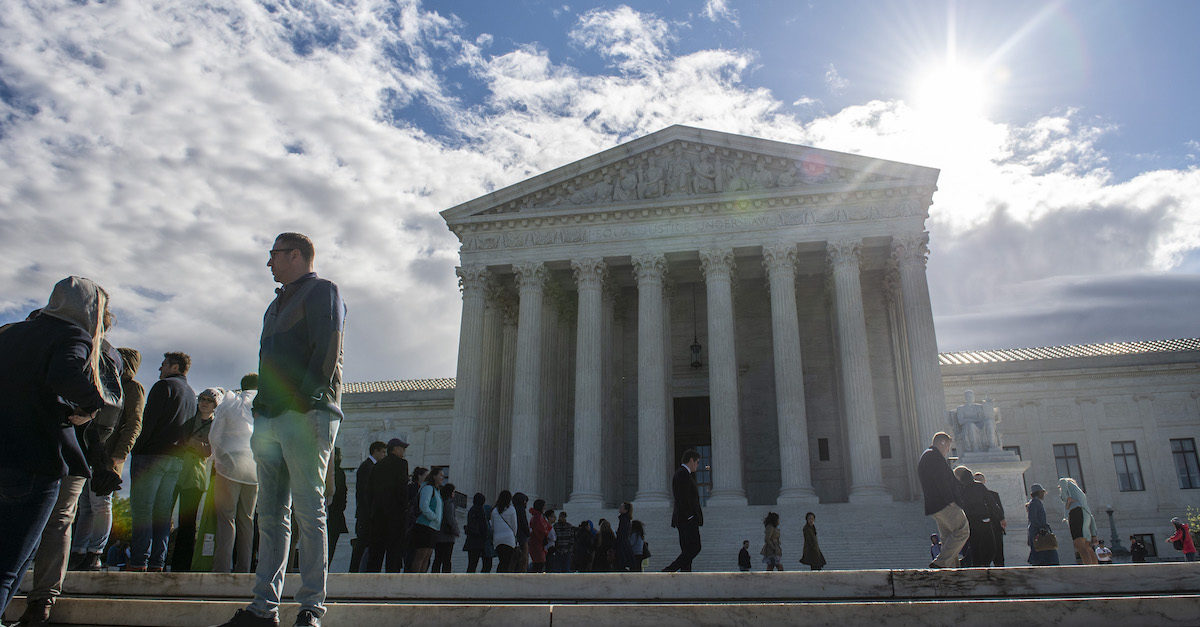
The United States Supreme Court on Friday stayed rulings from two lower federal courts that had ordered Ohio and Michigan to redraw their state district voting maps in advance of the 2020 election due to partisan gerrymandering.
The decision granted the requests of Republican lawmakers in both states and allowed them to halt the process of redrawing their voting maps; the court required at least a majority vote from the justices to issue the stays on the lower court’s decisions.
In the Michigan case, the District Court of the Eastern District of Michigan ruled in April that 34 of the state’s voting districts were unconstitutional because they were gerrymandered to such a degree that it violated voters’ First Amendment rights and the Constitution’s Equal Protection clause.
Similarly, a federal court in Ohio, a swing-state where the overall vote tends to be very closely split between Democrats and Republicans, found that the state’s voting map was intentionally drawn to dilute the political power of the state’s Democratic voters. The state’s voting maps went into effect in 2012 and–despite the general population’s vote being close to a 50-50 split–have consistently yielded a 3:1 delegation split in favor of Republicans.
The unsigned order, which was expected by many court-watchers, did not include a dissent from any of the justices. It happens as the Supreme Court is poised to issue rulings on two separate partisan gerrymandering cases pertaining to the voting maps in North Carolina and Maryland.
In North Carolina, legislators were accused of intentionally drawing congressional maps to favor Republican candidates. Meanwhile in Maryland, Democratic lawmakers faced analogous claims regarding one of the state’s U.S. House districts.
The pending gerrymandering ruling is expected to be issued by the court in the coming weeks and will likely set a precedent for deciding gerrymandering cases on a broader scale.
Under normal circumstances, electoral districts are redrawn every 10 years to account for population changes reflected in the U.S. Census. The Supreme Court has never previously ruled a state’s voting map to be unconstitutional due to gerrymandering.
[Image via ERIC BARADAT/AFP/Getty Images]
Have a tip we should know? [email protected]